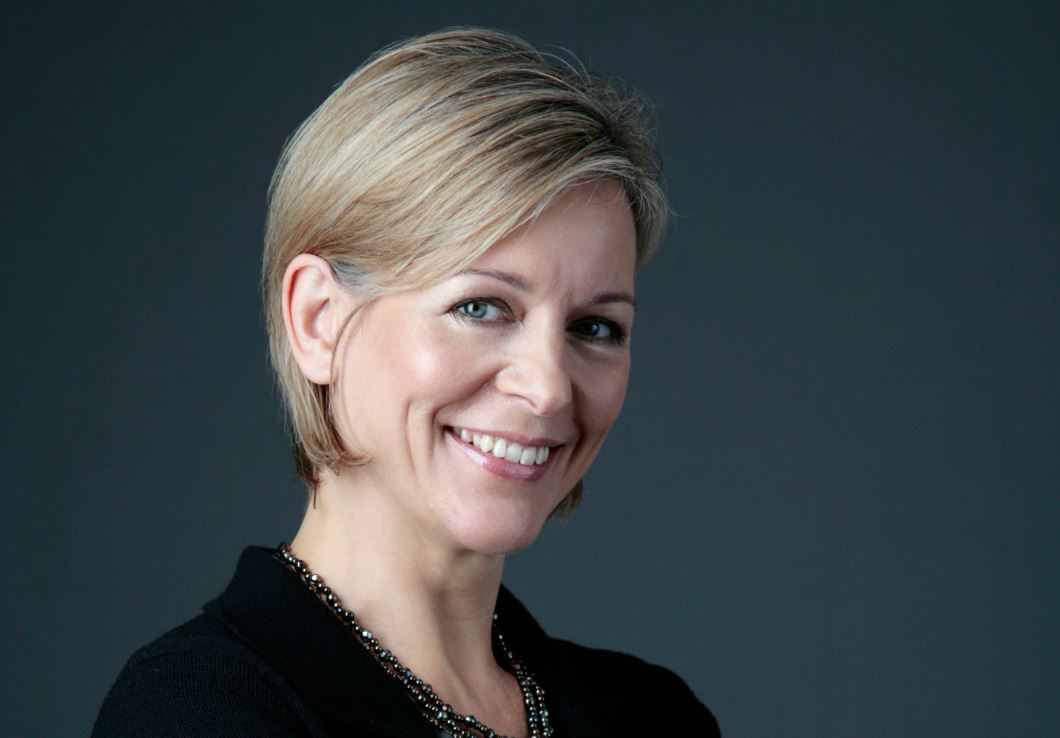The power of posters and print creative is much maligned in the digital age but they are still important to driving sales, says Sue Elms.
For marketing directors spending much of their time trying to get to grips with the intricacies of data and digital, as well as the complexities of programmatic, it can be lost that the creative forms delivered via magazines, newspapers and outdoor sites are still important to brand growth.
While there is no doubt that digital enhances the possibilities for brand communications, and will play a major role in the future success of these media, we need to pause and see how poster and print communications, just as they are right now, remain a source of value. They should have a place in the mix.
Our latest ‘CrossMedia learnings deck’ for Europe looks at around 200 campaigns across 10 categories. Nine out of 10 campaigns included TV and eight in 10 included online in various forms, showing how firmly its place has been established. Magazines and newspapers get used in less than a third of campaigns and, whilst outdoor does somewhat better, I fear this is largely thanks to the contribution of the UK.
And yet, across the world outdoor advertising is often second only to TV in reach, with newspapers often next in line. Frustratingly it suffers from variable creative quality, which impacts its performance, but the best ads can have a significant impact.
Ability at emotional levels
Time and again, we see outdoor delivering strong multiplier effects working with both TV and digital to drive key messages into more “hard-nosed” consideration metrics as well as also showing ability at emotional levels.
A recent alcohol case, for example, showed that without outdoor, brand awareness, consideration and brand image uplifts would have been 45%, 62% and 67% lower respectively among the 18-24 year old target audience. This was a non-TV campaign relying on outdoor, cinema and online and outdoor clearly played a lead role.
At a time when brands are cutting budgets, some of the most digital companies in the world recognise the power of these “secondary” media
If you look at impact per person reached, magazine advertising sits at the ‘top table’ in terms of building brand associations and driving home lower funnel measures like ensuring a brand is seen and meaningful, different and worthy of purchase intent. Its reach potential is a respectable 20-40% and it is cost effective. Looking at our global database, there’s clearly an opportunity for magazine advertising to make a difference to more than three in 10 brands.
The irony is that at a time when many brands are cutting these budgets, some of the most digital companies in the world clearly recognise the power of these “secondary” media.
Apple has just launched a display for its Watch in the windows of London’s most stylish department store, Selfridges. The power of iPhone 6 photography has been promoted via out of home advertising (OOH) and print as well as via online.
The London Underground has recently played host to campaigns for Google Chrome and travel site, Trivago.
YouTube has also used posters in North America while Facebook in Australia used mostly “analog” media to promote Internet.org earlier this year.
In India, e-commerce brand spending on traditional media has exploded. Companies including Amazon, its rivals Flipkart and Snapdeal have invested more than 80% of their money outside digital. While roughly half of that money goes to TV, the rest is spent across print media, radio and outdoor.
From breakfast to work and back for dinner
Years ago I made a film where we followed a family through their (urban) day from breakfast to work and back for dinner. We included lots of media moments but then edited out every single ad, replacing them with the background.
The world, particularly outdoor, looked remarkably dull. Austerity wasn’t the word. More recently French graphic designer Nicolas Damiens did the same for Tokyo, although, I think his point was to prove it would look better. However when you take out his pretty light box effects, what he reveals is a dark, almost sinister landscape.
In a world of connected cities, it might seem that digital (and all that free wifi) will enable us to receive messages via our phones, phablets and tablets, stripping out the need for advertisers to use analogue channels.
As Mark Darcy said to Bridget Jones: “…perhaps despite appearances, I like you, very much. Just as you are.”
Surely apps will enable brands to provide useful services, content and information and eliminate the need for OOH and listing magazines, for example, to promote the latest shows, films and events?
The truth as our CrossMedia evaluations demonstrate is that great advertising in magazines, newspapers or traditional OOH remains immensely powerful.
Ad spend numbers may tell the story of an increased focus on digital, rightly so given how much more of our media time it now takes up, but you can take these things too far.
We should remember that many of these channels continue to deliver for advertisers, particularly when they are used to their best ability (and often when combined with digital channels).
The world isn’t ready to go 100% digital yet – and it may never be. There’s still a place for posters and print. As Mark Darcy said to Bridget Jones: “…perhaps despite appearances, I like you, very much. Just as you are.”








